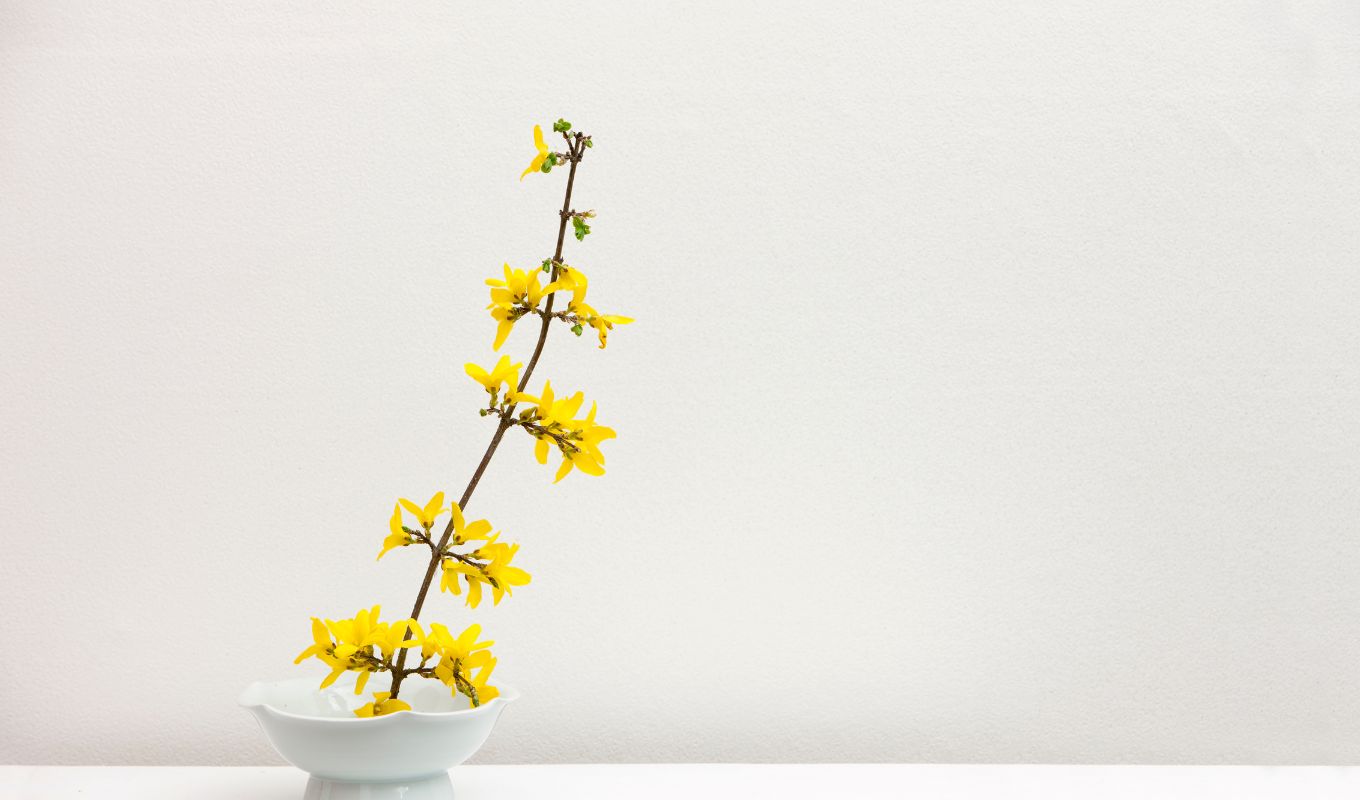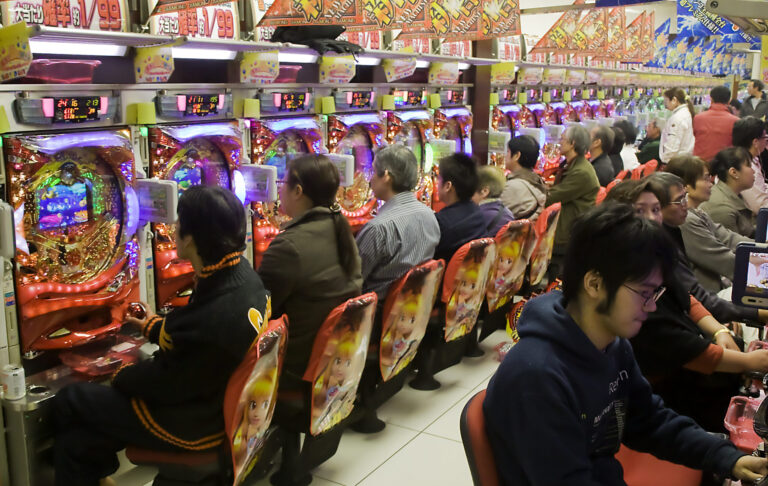In the West, florists create flower arrangements that bring out patterns of color and showcase the blooms at their peak. The art has a long history and a certain amount of respect from those who enjoy flowers, but general appreciation for the art is nothing compared to Japan’s appreciation for their own unique method of flower arranging, ikebana (“arranged flower”) or kadou (“the way of the flower”).
Ikebana schools are popular in Japan for women and men alike who want to deepen their appreciation for Japanese culture and gain the esteem of their friends and family. You will also find ikebana on TV as a standard of beauty and skill.
Ikebana tutorial shows, much like cooking shows, instruct viewers on ways to arrange flowers without formal instruction. In other appearances, a sequence featuring ikebana might be used in fictional dramas to indicate a person’s level of elegance and grace—or lack thereof, depending on how well he or she tackles the task.
History Of Ikebana
The oldest school of ikebana is Ikenobo, which is widely considered to be the pioneer of the artform as an integral part of Japanese culture. Established in the 15th century, Ikebono’s first master was Buddhist monk Ikebono Senno, who lived at the Rokkakudo Temple in Kyoto at the time, and it is there that the main school exists today.
Senno, whose family name, Ikebono, was shared with all of the monks at the temple due to the temple’s proximity to a large lake (“ikenobo” can mean “lake”), got national attention for his skill at arranging elements from nature and monks from around the country came to see him for instruction.
Senno then decided to establish a formal school, which continues today with its 45th successive master, Ikenobo Senei.
Understanding ikebana’s start at a Buddhist temple from the reflections of a Buddhist monk is integral to understanding the art behind the process.
The Art Of Ikebana
Ikebana does not stress colors and blooms, as flower arranging does in the West. Instead, ikebana draws on a series of themes common to Japanese spiritualism: simplicity, intimacy with nature, and relaxation. More than the final product itself, the process of ikebana is what defines the art.
While arranging the plants, practitioners of ikebana are supposed to remain silent and use the time to reflect, drawing mind, soul, and body together. The aim of the process is to make a person step out of her or his busy life and become more patient and more tolerant of the differences found in nature and in people, which helps to make a Japanese person seem more graceful and refined.
The Product
The flowers or plants (they do not always include blooms) arranged during ikebana must concentrate on the principles of simplicity and linearity. Suitable materials for the arrangement are anything from nature, including but not limited to plantlife, stones, twigs, leaves, standing water, and grass.
The container for the arrangement, the one non-natural item allowed, is generally as integral to the meaning behind the whole arrangement as the arrangement itself. Most containers are Japanese-style pottery and vases but could also include simple trays.
Rather than arrangements focusing on color, practitioners focus on shapes, lines, and the overall form of the piece. Simplicity is key and less truly is more in ikebana. Arrangements that can take hours to put together may consist of only a few plants and no blooms whatsoever, despite the word for “flower” being in the title of the art.
Arrangements generally follow a triangle form in which each side of the triangle is an uneven length. The points at which the triangles’ sides come together to form angles can represent heaven, earth, and humankind or the moon, the sun, and love, depending on the school’s teachings.



